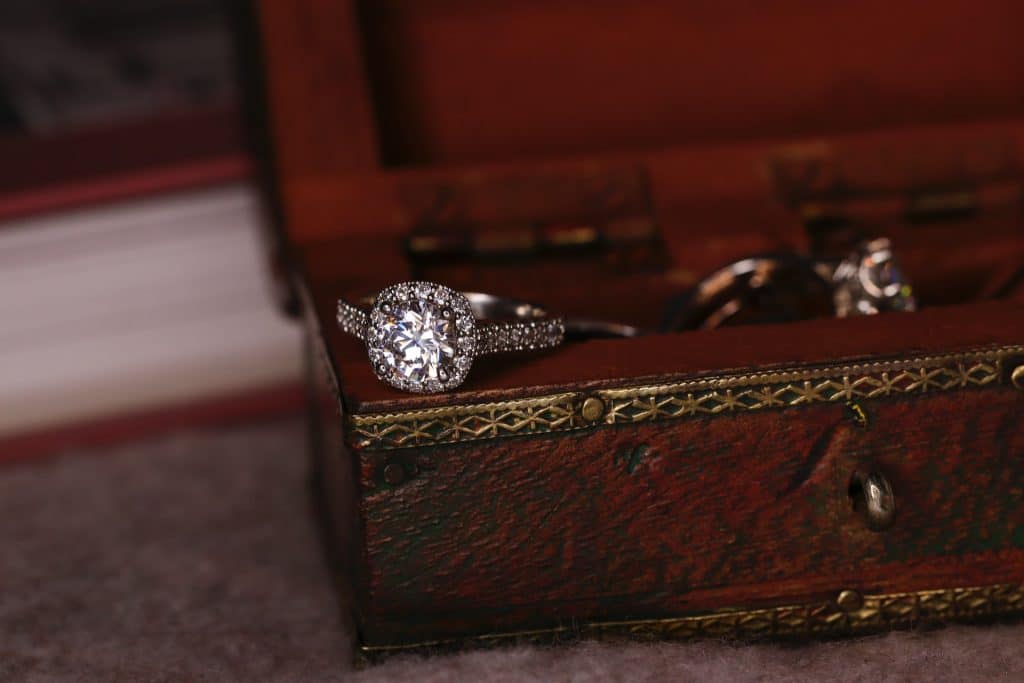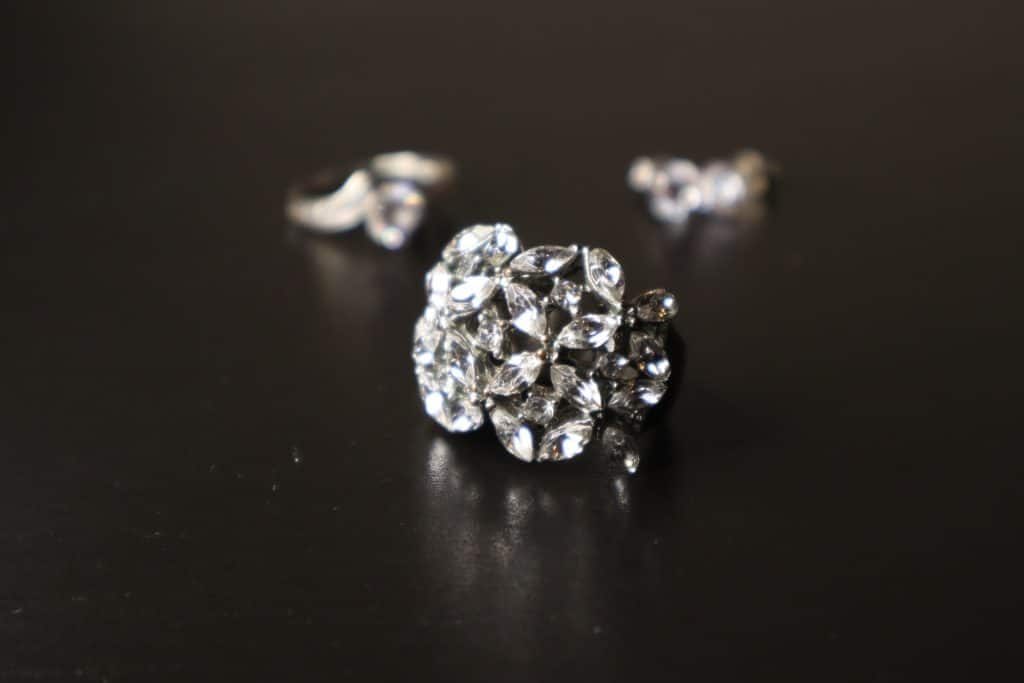This article offers the reader useful information about diamond cutting, specifically how diamond cutting was carried out before machinery arrived.
Diamond is one of the hardest materials on the planet and cutting a natural diamond is no easy feat. Today we have state of the art diamond cutting machines which are extremely precise, yet it wasn’t always that easy. This article takes a look at how diamonds were cut before machinery arrived.
Point Cut Diamond
Sometime in the 15th century, the point cut was created, which starts with chipping a point on the diamond, then shaping sides (3 or 4) that reflected light. Over the years, the method was improved and they found out that diamond dust cut the surface of a diamond. Today, many couples are starting to source loose fancy coloured diamonds and have a diamond ring made by a custom jeweller.
The Table & Step Cut
This was the first faceted cut and was soon followed by the step cut. Techniques improved and only specialists were able to create shaped diamonds. This originated in India and quickly travelled to Europe, where only royalty could enjoy cut diamonds. Like anything, the method improved as skilled polishers turned their hand to cutting and in 1477, the very first woman to receive a diamond engagement ring was Mary of Burgundy, presented to her by Archduke Maximillian of Austria.
16th Century Tools
Tools were created to cut facets and the rose and transition cuts were introduced, which saw the start of the European diamond cutting and polishing industry. It took many years to become skilled at diamond cutting; a tedious and repetitive task, patience was required and a very good eye to shape a diamond accurately. For those who prefer a modern machine cut, you may want to check out Australian diamond brokers Sydney goes to; they offer uncut stones at trade prices and a jewellery maker can fashion the diamonds to order.
Old Mine Cut
Usually found in Georgian and Victorian eras, the Old Mine Cut had a distinctive open culet and a total of 58 facets. If you wish to see the best mine cuts, antique jewellery has some great examples, which were made prior to machinery.
Old European Cut

The 18th century saw the arrival of the Old European Cut, which gained mass popularity in the Art Deco period and this cut has a total of 58 facets. If you look carefully, you can see slight imperfections in the facets and lines, yet this adds to the charm and character of the jewellery piece.
Once the Industrial Revolution arrived, the diamond cutting sector quickly found that machines can accurately cut diamonds and the Round Brilliant Cut emerged in 1919. If you are planning to tie the knot in 2023 and you want a truly unique diamond engagement ring, talk to a leading custom jeweller who can source hand-cut diamonds, or have raw stones cut to your specifications. The jewellery maker can work to your budget and has a wealth of hands-on experience in transforming the client’s concept into a stunning piece of jewellery that is like no other.




